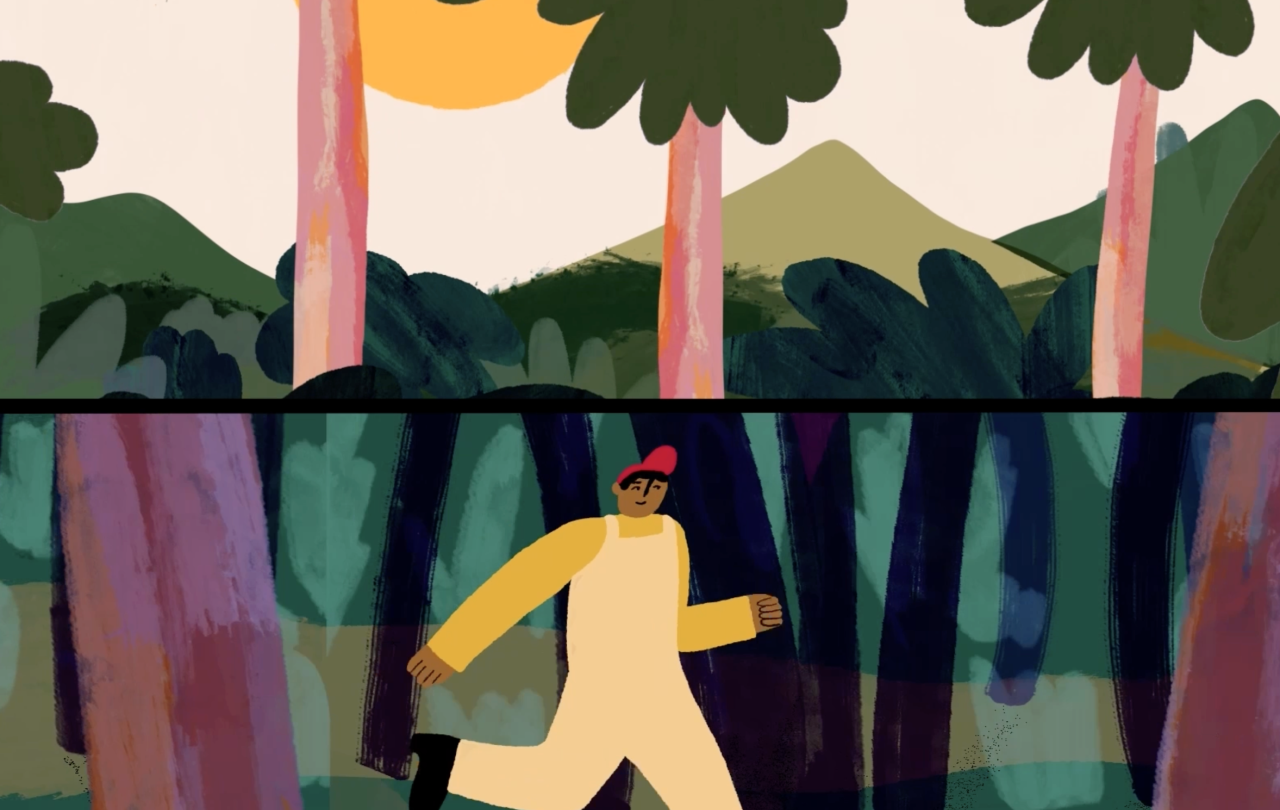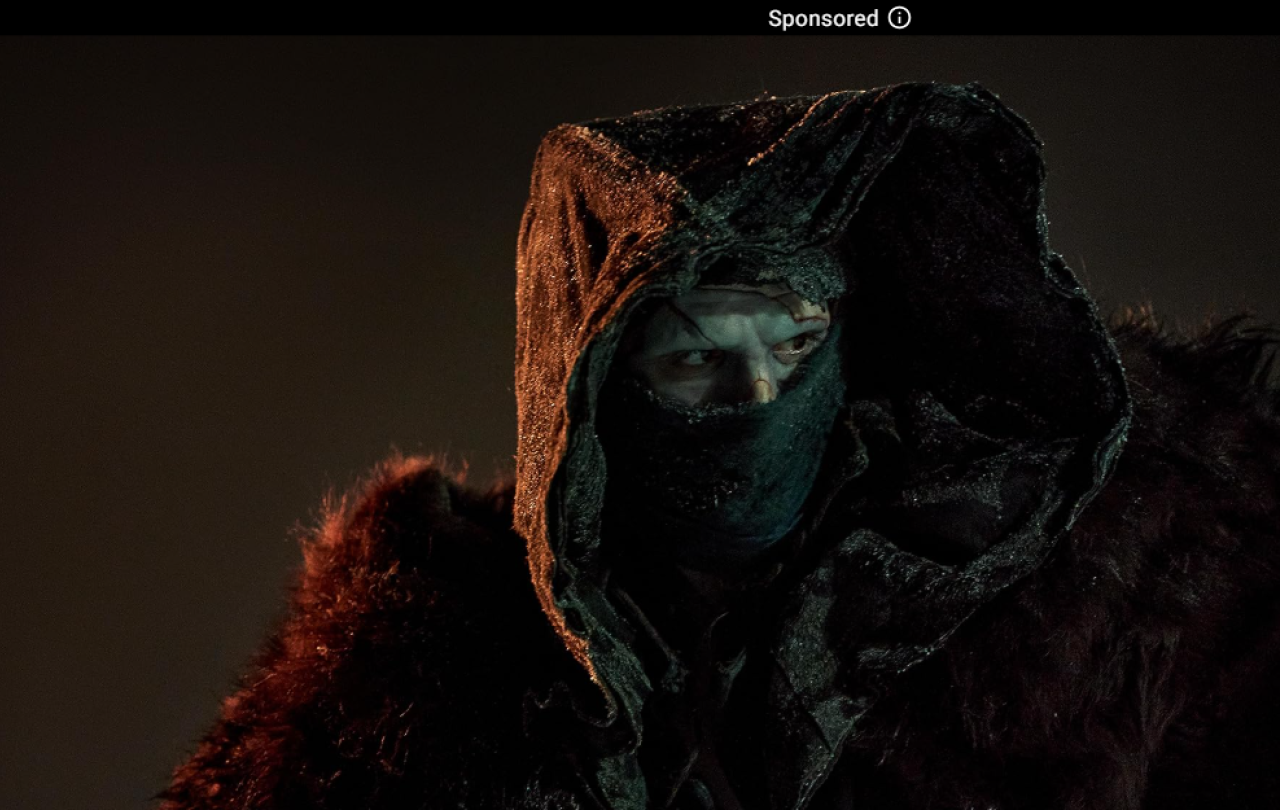
Watch now
In his 2021 book 4,000 weeks: Time Management for Mortals, Oliver Burkeman observes that an obsession with productivity doesn’t give us more control over our lives, ‘instead, life accelerates, and everyone grows more impatient. It’s somehow vastly more aggravating to wait two minutes for the microwave than two hours for the oven - or ten seconds for a slow-loading web page versus three days to receive the same information by post.’
With technologies like artificial intelligence rapidly accelerating our lives, this constant demand to squeeze more into our time is not only limited to the mundane tasks that we have to do and wish we didn’t. It seeps into what we want to do and indeed must do in order to flourish: creating art, spending time in community, and caring for others. The problem is that these things cannot be measured in productivity metrics because they inherently do not function in that way. How do you measure how ‘productive’ a conversation is? Or a work of art? Artists such as Vincent Van Gogh or Emily Dickinson didn’t see their influence in their own lifetime.
The more we measure our lives in productivity metrics, the more we devalue the things that make us human, ultimately making our lives and the world around us increasingly artificial. This is the basis of my recent film, In Sync with the Sun, which is a short animation about the rhythms of activity and rest that are written into our world, and what happens when an obsession with productivity takes over.
I wrote the initial script for the film after a period of burnout. I was fully in the “make the most of every second” mindset, which left me feeling exhausted and confused about where my value resides. In response, I began researching the sleep-cycles of various animals and I was liberated by surprising details such as the fact that lions, which we see as mighty and majestic animals, sleep for around 21 hours a day. Even creatures like jellyfish, which don’t even have brains as far as we know, still have cycles of rest. Every living thing thrives in these rhythms of activity and rest, even down to plants and minuscule organisms. Our whole world is built on this pattern, in sync with the sun. Yet for us humans, our rhythms have been broken by technology, leaving us confused about our limitations and what we should do with our short lives.
The film begins in nature, deep in the jungle where some leopards are sleeping. But the tranquility is abruptly interrupted by the voice-over declaring, “the war against sleep began when artificial broke into the night.” Brilliant white light breaks up the deep blues and purples on screen, until the screen is filled with blinding white. I wanted it to feel like that moment you peer at your phone in the middle of the night - the pain of your pupils trying to adjust. If you think about it, for 99.9 per cent of human history, our eyes would have never had to do that - until now.
Artificial light wasn’t powerful enough to change that. Instead, it’s given us an unquenchable guilt about how we use our time.
With his invention of the light bulb, Thomas Edison was determined to banish the night, and the limitations it enforced on us. Edison was known for being fiercely obsessed with productivity and, as a result, was an anti-sleep warrior who believed,
“There is really no reason why men should go to bed at all.”
As someone living a century on, I find it baffling to imagine that humans should eradicate sleep entirely. Perhaps because just 100 years later we are seeing the results that sleep-loss and over-working can have on our physical health and wellbeing. Maybe we cannot supersede nature after all, since we are an embedded part of it. It seems that “Sabbath" rest is written into our world and into our humanity. Artificial light wasn’t powerful enough to change that. Instead, it’s given us an unquenchable guilt about how we use our time. Now we decide when the day ends, so whoever can rest the least wins.
The battle is still raging; incandescent bulbs only set aflame that root desire to be increasingly productive. The hamster wheel is spinning uncontrollably, and we must keep up. So, what do we do? The attempt to remove the limitations outside of us has revealed that they are in fact inside of us too. Therefore, the only way to keep up is to remove the human from the hamster wheel altogether. The failure of artificial light leads to the birth of artificial minds.
As a creative, this is what frustrates me most about artificial intelligence; that it is mostly being driven by this quest to bring everything under the reign of productivity. It goes without saying that this is greatly needed in some areas of society. Just like artificial light, it can and will do a lot of good in the world. However, when the obsession with productivity is prioritised over human flourishing, that’s when we know there is a big problem with how we view our lives.
Thinking back to the examples of Van Gogh and Emily Dickinson; what is lost when we don’t allow space for artists, carers, mothers, or any skilled role that requires an element of patience? For me personally, I can’t force creative inspiration, instead it comes at me, often at times when I’m not looking for it. Similarly, sometimes that inspiration leads directly to an instant idea, but most often it’s a vague idea I jot down to which later life experiences and opportunities then build onto, forming it into something bigger and more in-depth. This could be compared to a role or situation that requires relationship building. Sometimes there are moments of instant bonding and “productive” progress in relationships, but it’s often more complex where external experiences or changes, which are outside of our control, may unexpectedly deepen understanding between people after long periods of frustration.
In my animation, I used the metaphor of a butterfly to illustrate this sentiment. After the character realises he is not made for a life of relentless productivity, he steps out of the black and white skyscraper into the lush wilderness. A butterfly lands on his productivity badge and the voice over says, “You’re not a machine.” I imagine the Creator saying this to the loved creation. Creatures like butterflies seem completely unproductive to our human standards. They take weeks to form in the chrysalis and exist in the world for less time than that. Yet they are a source of wonder and beauty for anyone who has the privilege of seeing one up close. A reminder that nature is not in a rush. Where AI is concerned, however, speed and profit are the focus of desire. But looking at the world around us - that we are a part of - it’s clear that not everything can or should be valued by these limiting metrics alone.
The overarching narrative of In Sync with the Sun is loosely inspired by the biblical story of the prodigal son. The main character has travelled far away from his home in pursuit of success, and he eventually realises that this master does not love him. At the end he comes home again, finding connection in community and in the good rhythm of productivity and rest that he came from. I wanted the film to address the issues that an unhealthy obsession with productivity can cause, and instead evoke a desire to accept and live more in sync with the boundaries and rhythms that are embedded in the natural world we are a part of.
The film ends with the line, “The only thing that can stay awake is not awake at all.” In the midst of the changing world of AI, humans might be tempted to measure our productivity levels in comparison to these machines. However, technologies always raise the productivity bar higher and higher, and one day we need to accept that we simply aren’t going to be able to reach it. We don’t sit apart from nature like technology does, so let’s stop resenting that, and instead celebrate it. To quote Oliver Burkeman again,
“the more you confront the facts of finitude instead - and work with them, rather than against them - the more productive, meaningful and joyful life becomes.”
Support Seen & Unseen
Since Spring 2023, our readers have enjoyed over 1,500 articles. All for free.
This is made possible through the generosity of our amazing community of supporters.
If you enjoy Seen & Unseen, would you consider making a gift towards our work?
Do so by joining Behind The Seen. Alongside other benefits, you’ll receive an extra fortnightly email from me sharing my reading and reflections on the ideas that are shaping our times.
Graham Tomlin
Editor-in-Chief





